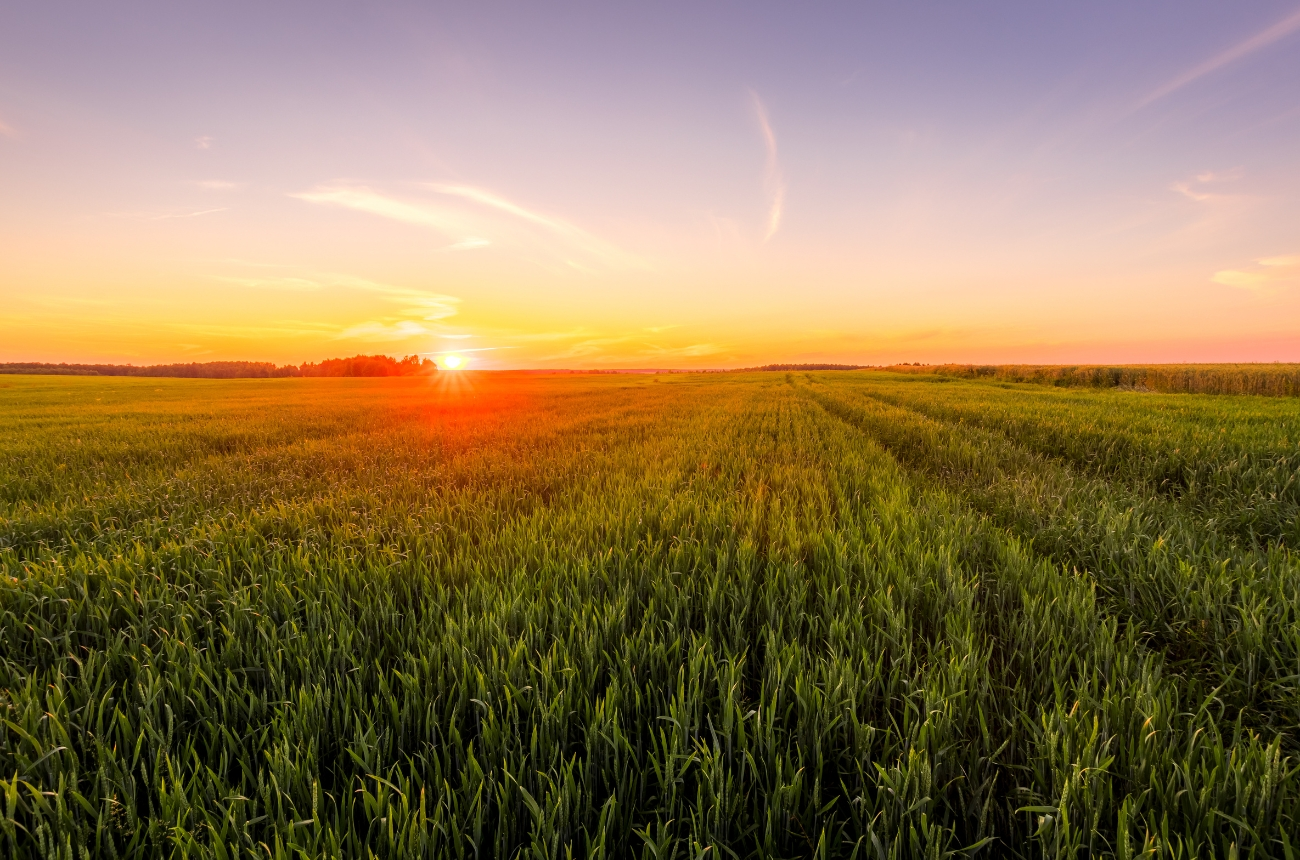Our world is in a constant state of flux, driven by natural cycles and now, more than ever, by human activity. One of the most significant changes we are witnessing is climate change, a long-term shift in average weather patterns across the globe. From rising global temperatures to shifting precipitation patterns, the effects of climate change are far-reaching and increasingly visible.
A Human-Made Recipe for Global Warming
Climate change refers to significant changes in global temperatures and weather patterns over time. While climate has varied throughout Earth’s history, the rapid warming we’re seeing now is unprecedented. Human activities, particularly the burning of fossil fuels like coal, oil, and gas, are largely responsible for this change. These activities increase the concentration of greenhouse gases in the atmosphere, trapping more heat and leading to a warmer planet.
Decoding the Link Between Climate Change and Severe Weather
As our climate continues to change, scientists predict that we will experience more severe weather events. These include floods, hailstorms, tornadoes, and droughts. The reason? Warmer air holds more moisture, making heavy rain or snowfall more likely. Rising temperatures also lead to higher evaporation rates, which can intensify droughts and heatwaves.
Evidence Unveiled: The Stark Reality of Climate Change in Europe
As we dive into the data supporting these predictions, the reality of climate change becomes undeniable. According to the European Environment Agency, the continent has warmed more rapidly than the global average, with a temperature increase of nearly 2°C over the last century. This warming trend is twice the global average and shows no sign of slowing down.
Moreover, extreme weather events have become increasingly frequent across Europe. The Intergovernmental Panel on Climate Change (IPCC) reports that heatwaves have become more common since the 1950s and are projected to increase in frequency, intensity, and duration.
Furthermore, heavy rainfall events leading to flash floods have also increased in many regions. For instance, the catastrophic floods in Germany and Belgium in July 2021, driven by unprecedented rainfall, caused significant damage and loss of life.
At the same time, Southern Europe faces the opposite problem: droughts. Regions like Spain and Italy have experienced prolonged periods of unusually low rainfall, leading to water scarcity, crop failures, and wildfires.
These examples are not just statistics; they represent the lived experiences of millions of people across Europe. The data underscores the urgency of addressing climate change to prevent such severe weather events from becoming our new normal.
When Reality Strikes
The implications of these changes are profound. Severe weather events can damage homes, disrupt businesses, and even claim lives. For instance, the 2021 heatwave in the Pacific Northwest resulted in hundreds of deaths and widespread crop failures. Similarly, the devastating floods in Germany and Belgium in July 2021, driven by extreme rainfall, caused immense damage and loss of life.
Proactive Steps Towards a Climate-Resilient Future
Despite the bleak outlook, there are steps we can take to mitigate climate change and prepare for severe weather. Reducing greenhouse gas emissions is crucial. This can be achieved by transitioning to renewable energy sources, improving energy efficiency, and adopting sustainable agricultural practices. On a personal level, we can make a difference by reducing waste, conserving water, and making sustainable choices in our everyday lives.
Preparation for extreme weather events is also vital. This includes having emergency plans in place, investing in resilient infrastructure, and improving early warning systems.
Key Takeaways: Embracing the Truth
Climate change is not just an environmental issue; it is a human issue that affects us all. The link between climate change and severe weather is clear and supported by robust scientific evidence. By understanding this connection, we can better prepare for and mitigate the impacts of extreme weather events.
Conclusion
The challenge of climate change is daunting, but not insurmountable. With collective action and individual responsibility, we can curb greenhouse gas emissions and foster a more resilient future. Remember, every small step counts in our battle against climate change and its severe weather offspring.
- National Climate Assessment: Heavy Rainfall Events Have Increased
- World Meteorological Organization: Number of Reported Weather-Related Natural Disasters on the Rise
- National Geographic: Pacific Northwest Heatwave
- BBC News: Germany and Belgium Floods
- European Environment Agency. Europe’s climate is warming faster than the global average.
- Intergovernmental Panel on Climate Change. Heatwaves increasing in frequency, intensity, and duration.
- The Guardian. Droughts in Spain and Italy.



